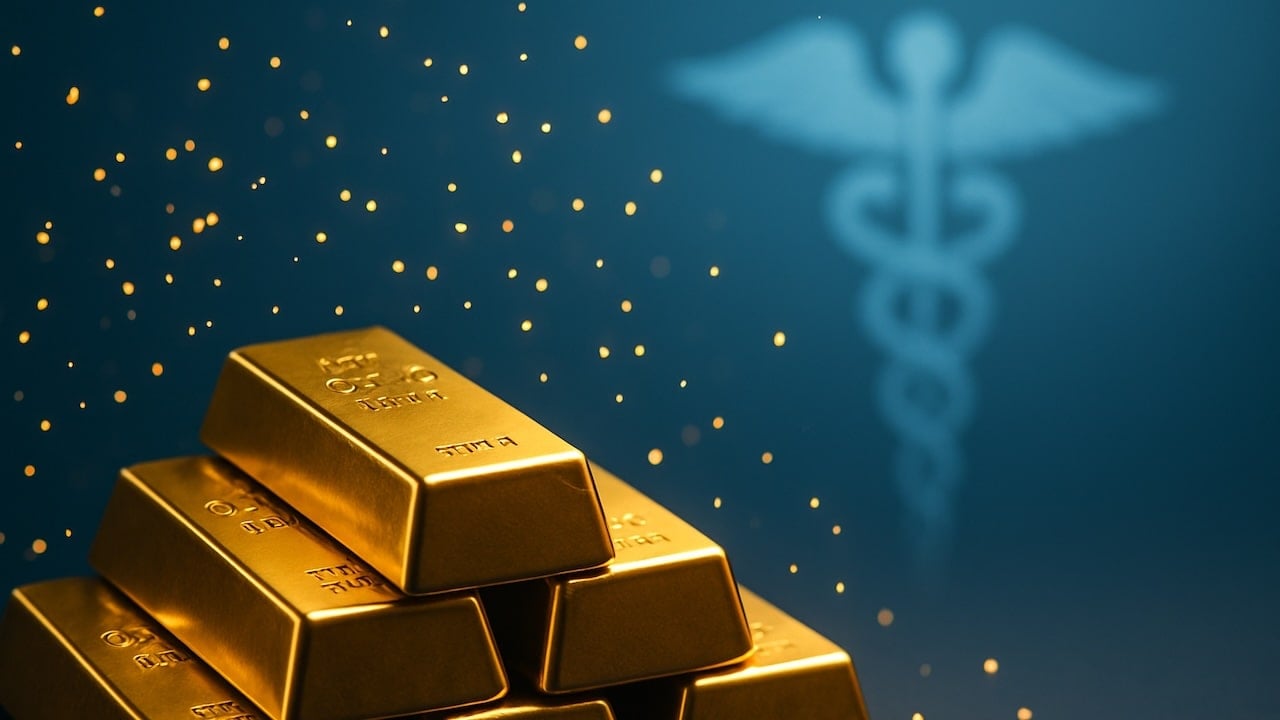(Mike Maharrey, Money Metals News Service) There has been a cool breakthrough using gold. Researchers have discovered that gold nanoparticles can increase the effectiveness of antibiotics against a common deadly bacterium.
Oh? You didn’t know gold had uses like this?
That’s not surprising. People don’t talk much about such things.
If you pay a lot of attention to the precious metals markets, it won’t take you long to realize the mainstream financial networks don’t. When they do mention gold, it’s usually in a negative light. And sometimes they say some really dumb things.
More than once, I’ve heard talking heads and show guests on networks like CNBC and Fox Business say that gold is “useless.”
I’m not kidding.
Just today, I ran across an article on a Bitcoin site talking about investors buying “non-productive gold.”
Even Warren Buffett has made this ludicrous assertion – and he’s not a dummy.
“Gold gets dug out of the ground in Africa or someplace. Then we melt it down, dig another hole, bury it again, and pay people to stand around guarding it. It has no utility. Anyone watching from Mars would be scratching their head.”
I understand that when Buffett made that comment, he was utilizing hyperbole. Still, people who say stuff like this have to know it’s absurd, right? I mean, most of the people making crazy assertions like this are wearing gold even as they call it useless.
OK, maybe you can make the argument that just because people find gold pretty and decorative doesn’t make it useful in the real sense of the word. I’ll accept that spin just for the sake of argument.
Gold is still useful!
Very useful!
In fact, 79 tonnes of gold were used in tech and industrial applications in the second quarter alone.
The truth is, gold did not become money because it wasn’t useful for anything else. Its role as money evolved because it is so valuable and has so many uses.
Gold is an important input in the electronics sector. The metal is an excellent conductor, efficiently dissipates heat, and, unlike copper or silver, doesn’t oxidize or corrode over time. Gold is also extremely malleable and can easily be formed into very thin wires and sheets.
Gold is also being increasingly used in medical applications.
Antibacterial Gold
In a recent breakthrough, researchers have discovered a way to enhance antibacterial strategies against Streptococcus pneumoniae. This is the pathogen behind pneumonia.
The bacteria have become increasingly resistant to antibiotics. Without getting too technical, the S. pneumoniae bacterium has evolved mechanisms to evade conventional antibiotic treatments.
Enter gold.
I’m going to let Bioengineer.org explain the technical part.
“The centerpiece of this research is a formulation of gold nanoparticles (AuNPs) that have been meticulously functionalized with vancomycin, a well-known antibiotic effective against Gram-positive bacteria.”
Translating that into English as best a Kentucky boy can understand it, tiny particles of gold enhance the antibiotic’s ability to take out S. pneumoniae.
Researchers say, “Not only enhance the antibacterial efficacy but also present a formidable barrier against S. pneumoniae colonization.”
According to Bioengineer.org, this study could lead to further breakthroughs.
“This exciting field of research holds transformative potential not just in treating S. pneumoniae infections but also in combating a variety of other pathogens that have proven resistant to conventional antibiotics. The lessons learned from this study might inspire similar formulations targeting other infectious diseases, heralding a new age of treatment modalities.”
Pretty cool for a “useless” metal, eh?
This is just the latest medical development using gold. The metal’s inherent stability and unique optical properties make it perfect for use in diagnostic testing. The World Gold Council said that gold is “at the heart of the hundreds of millions of Rapid Diagnostic Tests (RDTs) that are used globally every year.”
“This well-established and critically important technology has changed the face of disease diagnosis in the developing world over the last decade.”
Gold nanoparticles are used in testing for malaria, HIV, hepatitis, and other illnesses.
Gold has even been used in some exotic applications. In 2018, a team of Chinese researchers partially restored the sight of blind mice by replacing their deteriorated photoreceptors – sensory structures inside the eye that respond to light – with nanowires made of gold and titanium.
The point is that gold is far from useless.
But fundamentally, gold is money. And everybody wants to have money — especially real money.
Mike Maharrey is a journalist and market analyst for Money Metals with over a decade of experience in precious metals. He holds a BS in accounting from the University of Kentucky and a BA in journalism from the University of South Florida.

